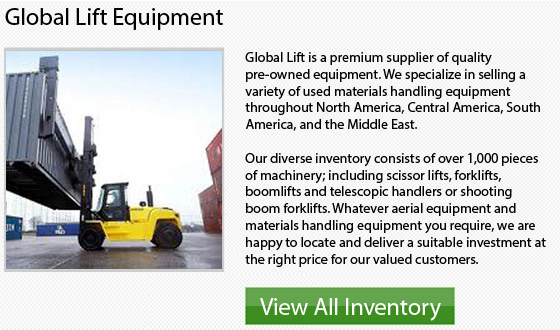
On the market nowadays are lift trucks which are classed in 7 different classes. Classes 1-4 include forklifts which are engineered specially to operate on smooth surfaces indoors. They can be selected for specific aspects of recycling that happen in those types of environments. For more intensive outdoor recycling applications, Class V and VII lift trucks are usually utilized.
There are many company operations that work outdoors and have to handle extreme workloads. Their lift truck selection would gravitate toward IC or Internal Combustion equipment in Class V and Class VII. These models work really well in any type of weather and have enough power to run heavy things during the course of a shift.
One more key factor to take into consideration is to operate a forklift safely. Knowing and acknowledging the center of gravity is really vital when operating a forklift, particularly when traveling on uneven terrain. Knowing the stability triangle in these difficult work conditions is imperative as well.
Warehouses, manufacturing operations, and the supply area for numerous textile firms may have various types of reach trucks. Utilizing a reach truck to stock finished goods on pallets, a range of supplies and other pieces of machines is common. These equipment really help in keeping a facility organized and allow them to use the maximum amount of area by stacking vertically. Reach trucks are quite simple to utilize. They can help make better use of both time and available storage space.
It is extremely better to buy a new lift truck if you are going to need the lift truck for 4 to 8 hours per day. With such continuous utilization, the warranty alone can come in handy. If, on the other hand, you are just loading and unloading on a bi-weekly basis or not really often, then a used model could be suitable for your requirements. Each and every situation is different and you will have to evaluate your personal needs before choosing the ideal machine.